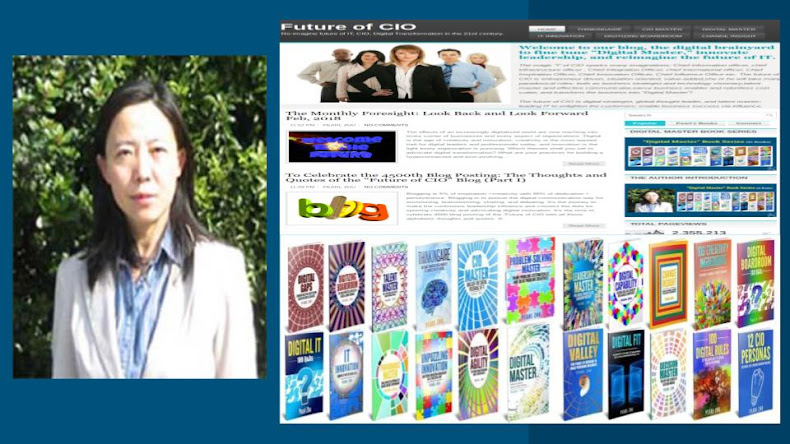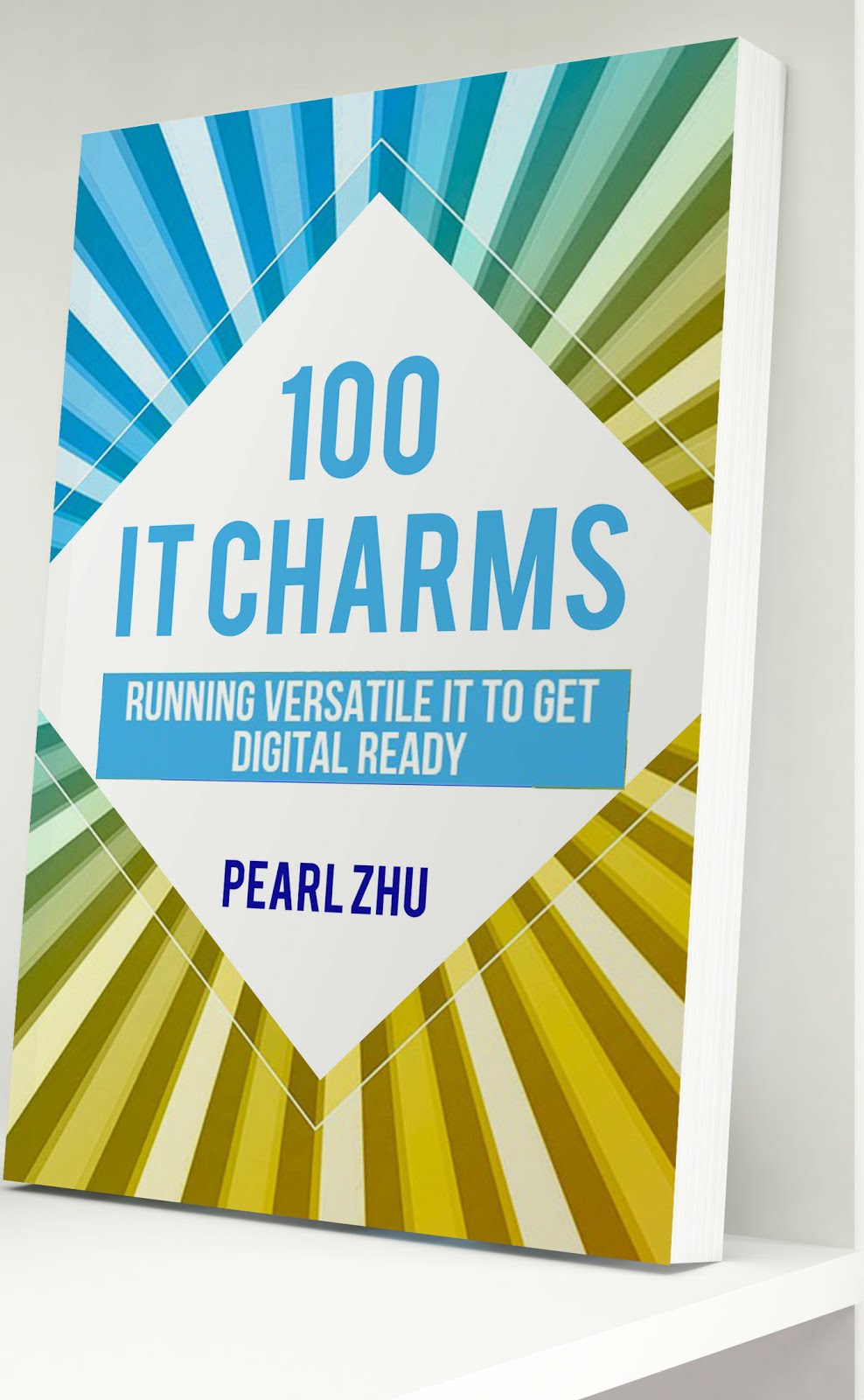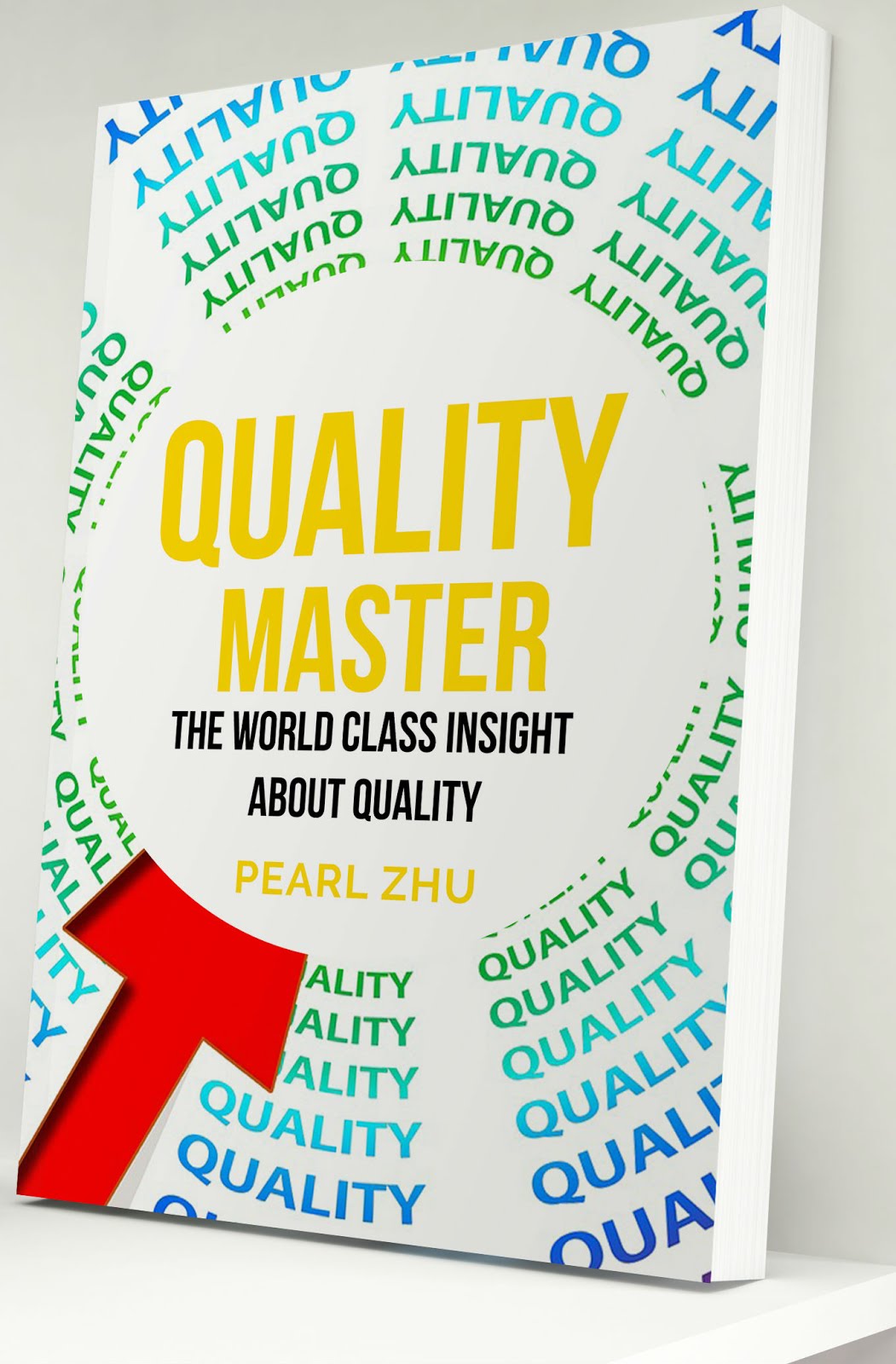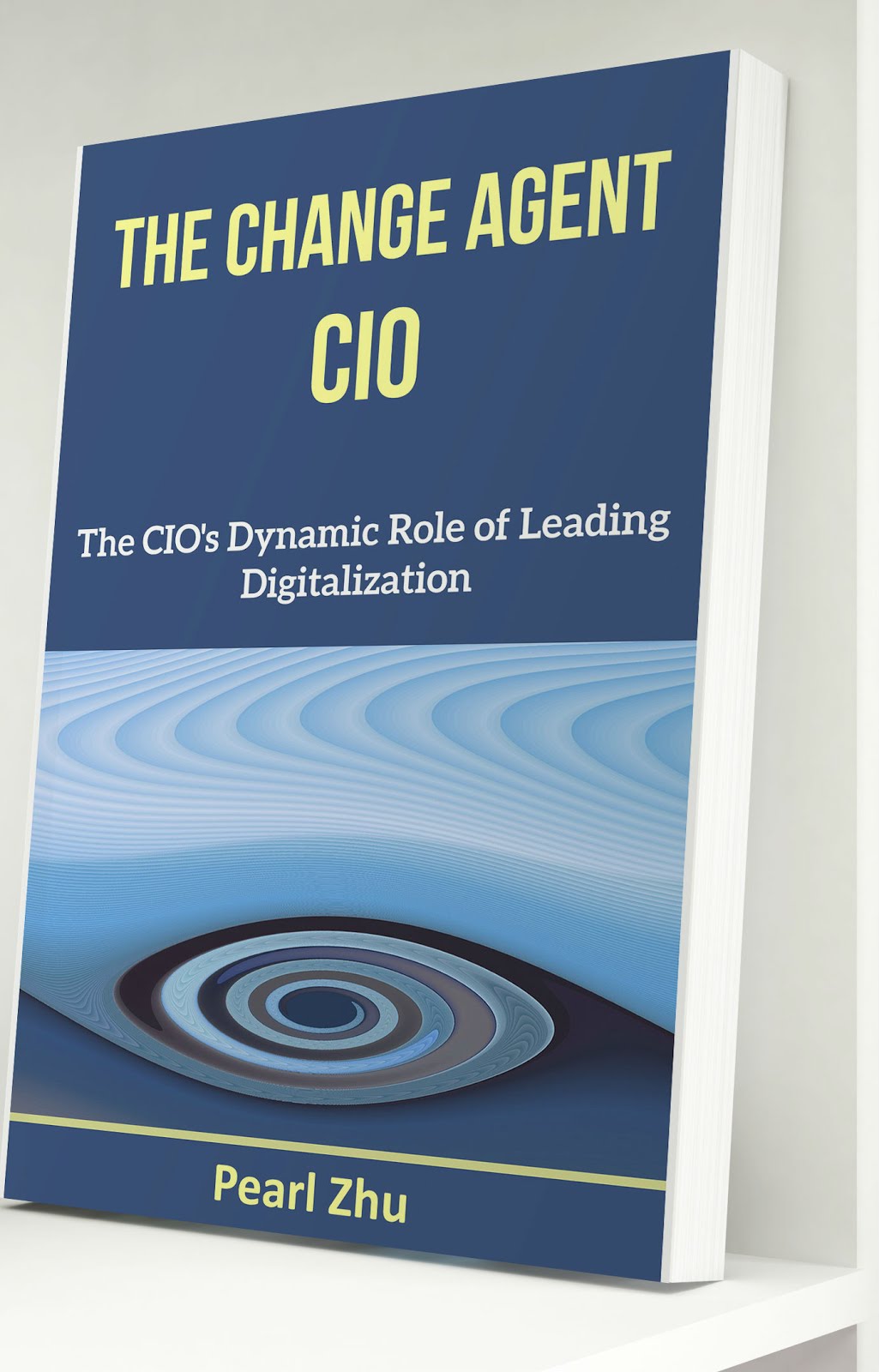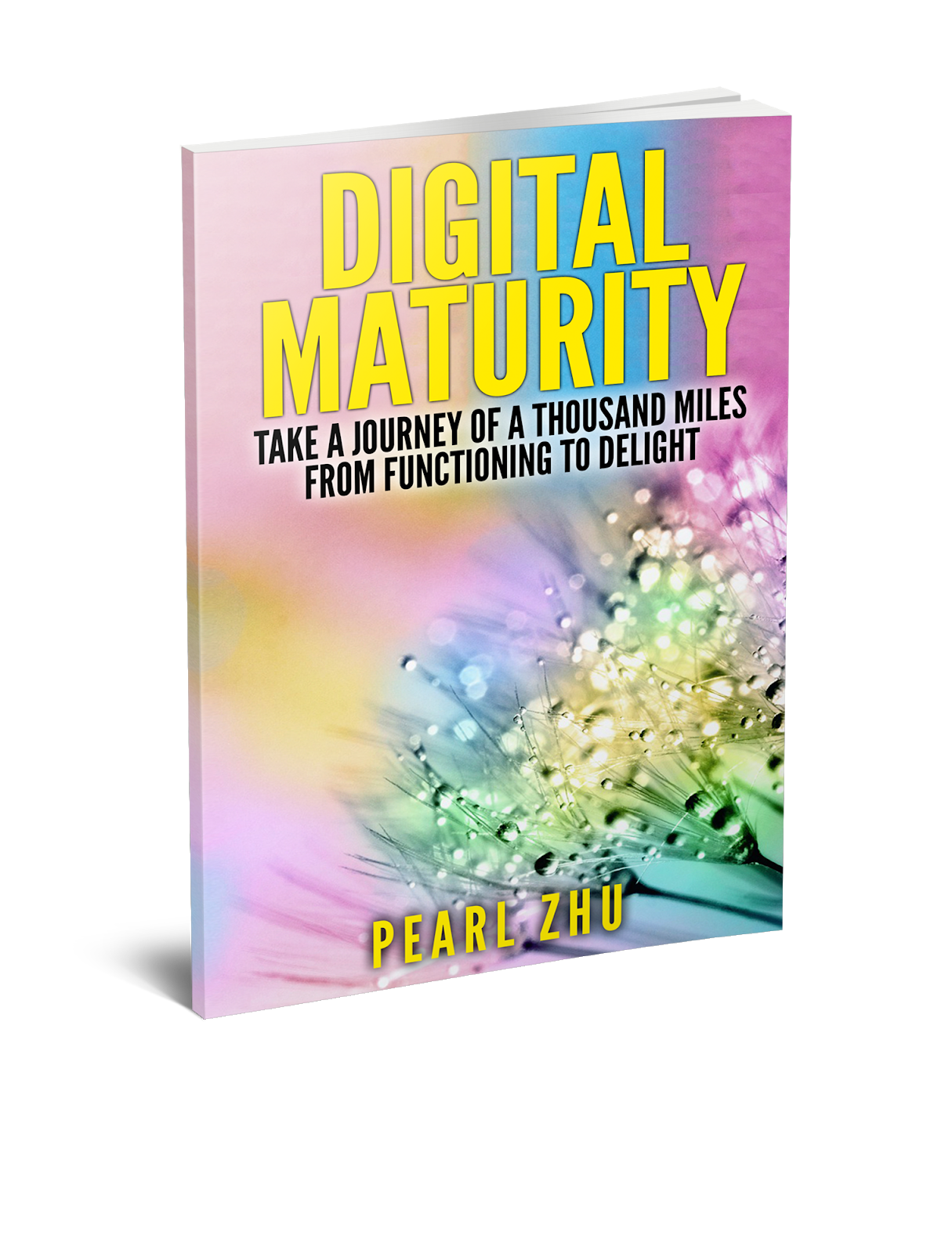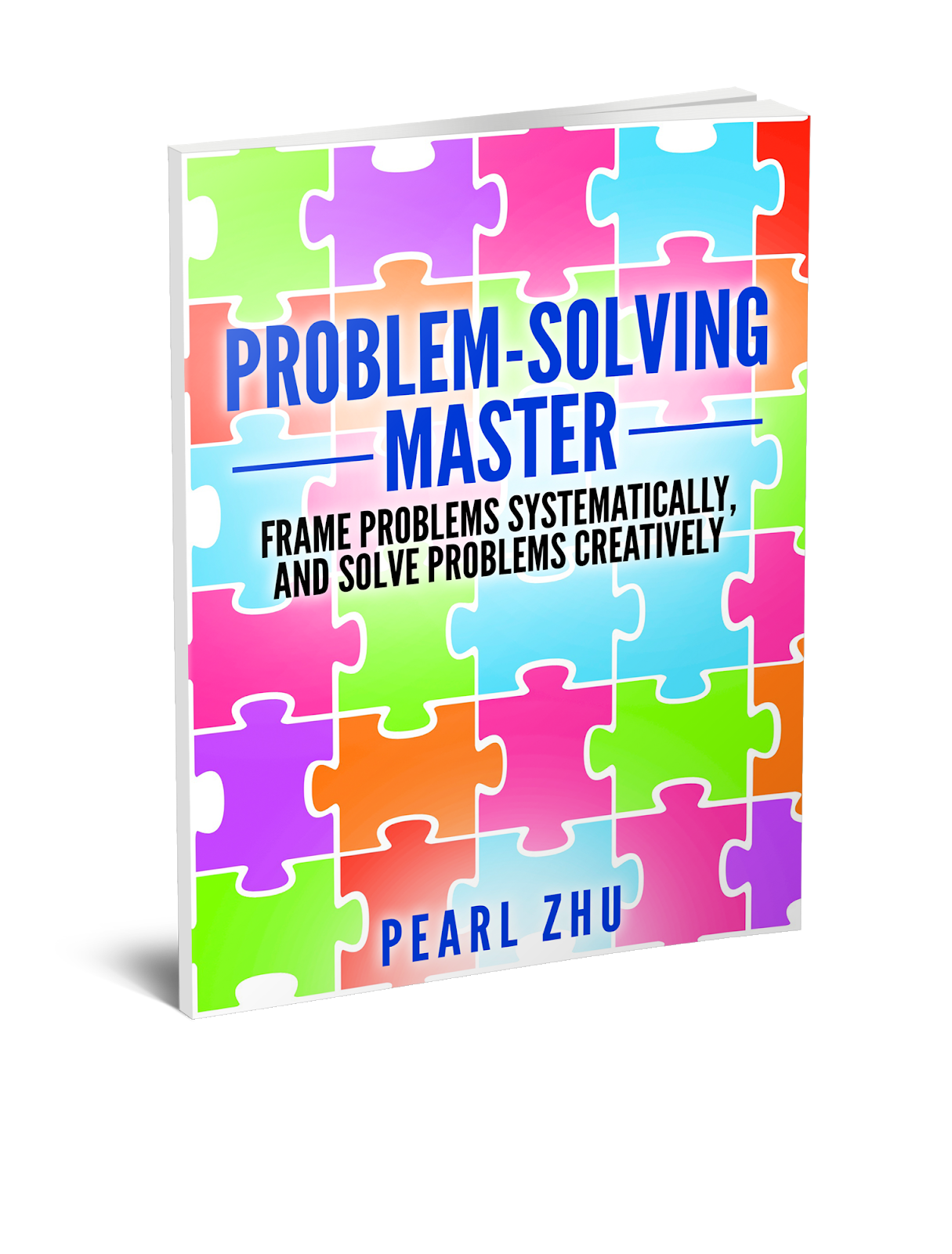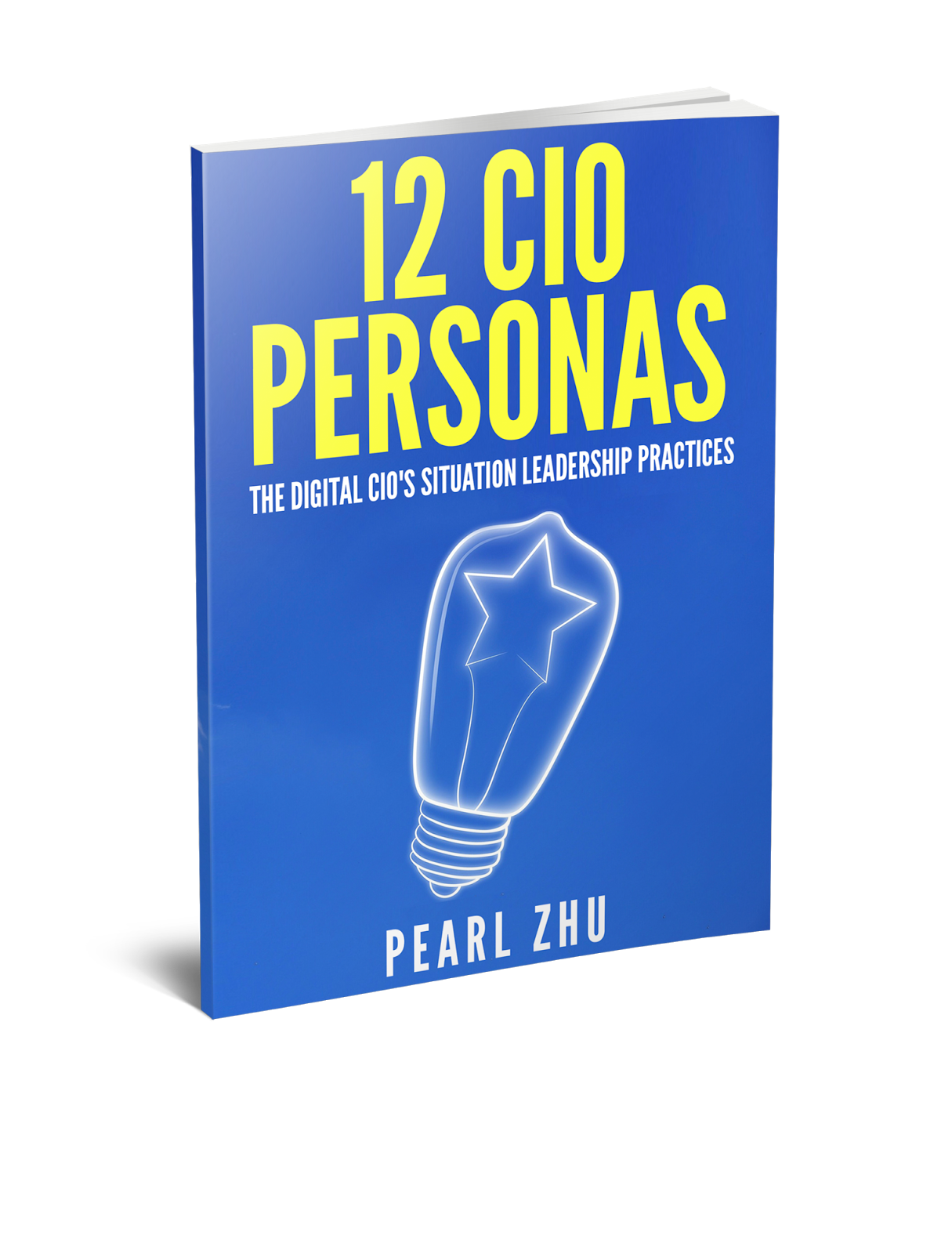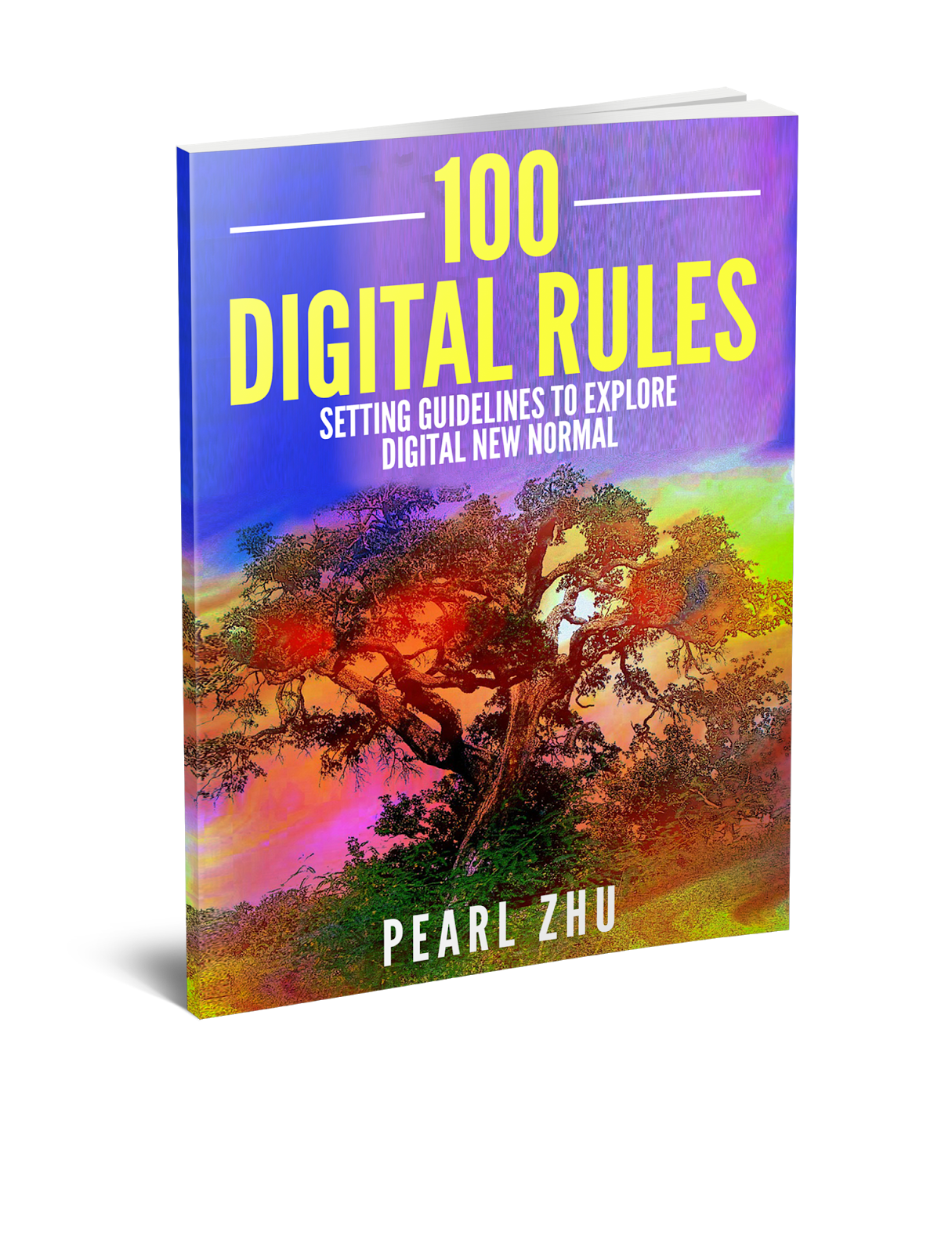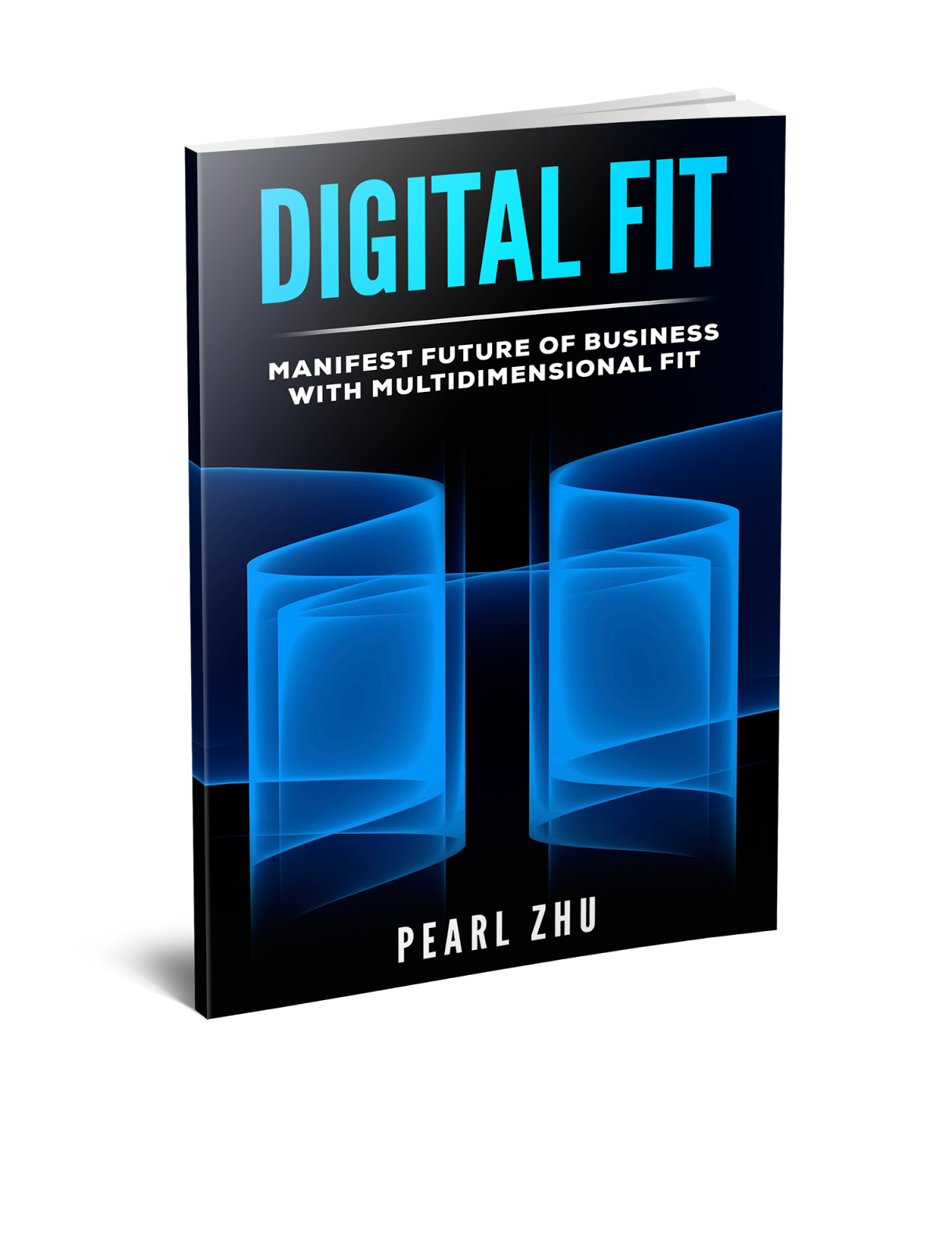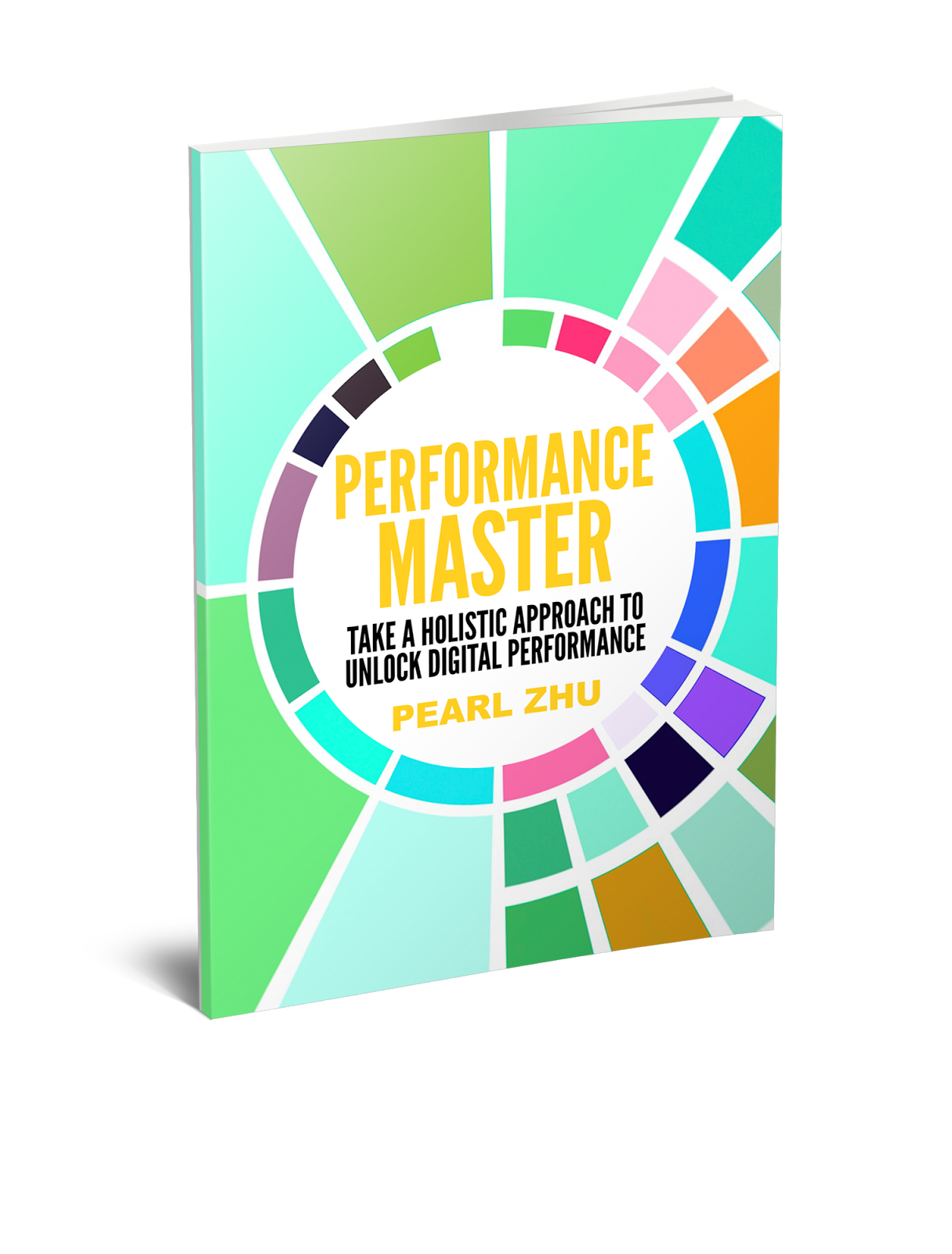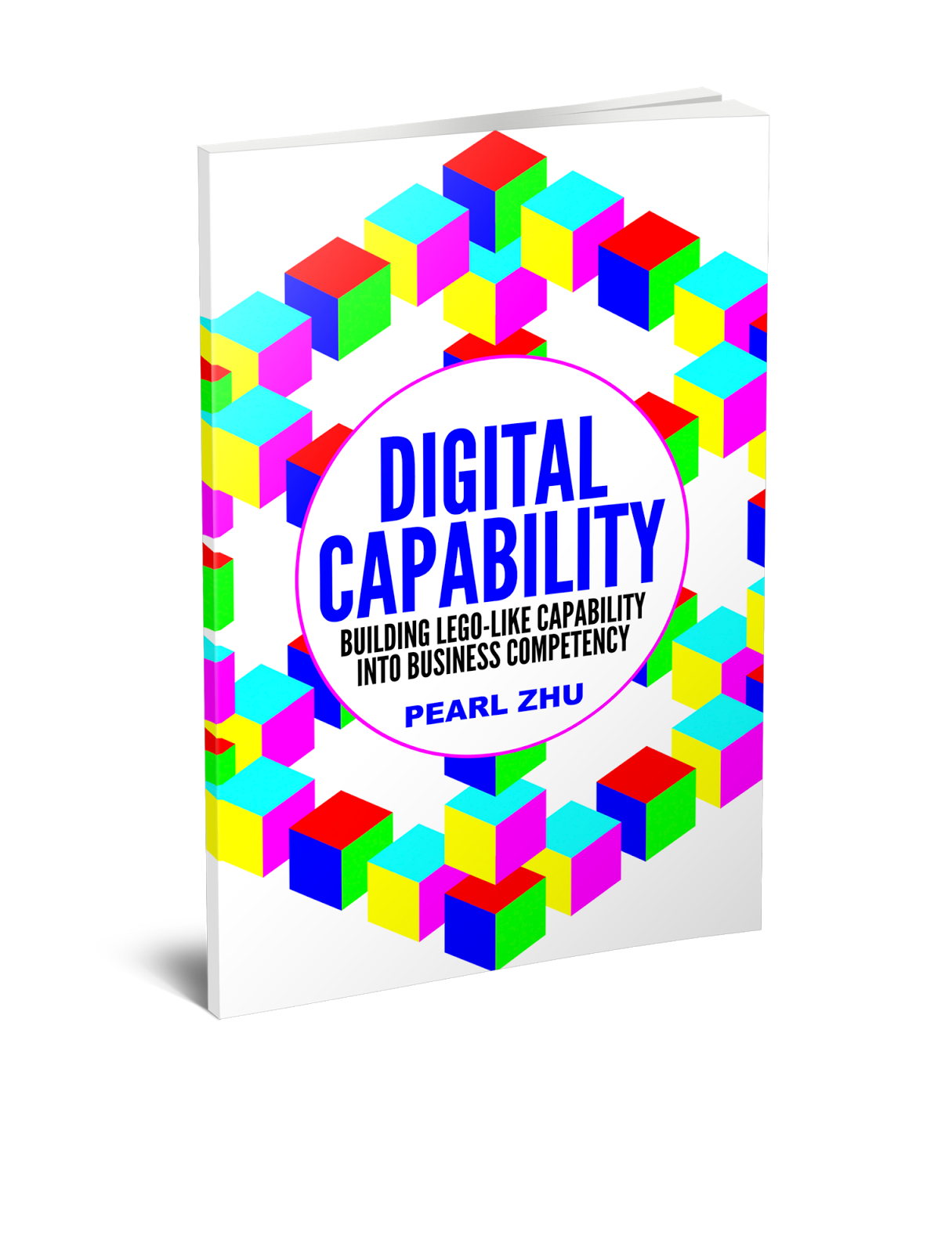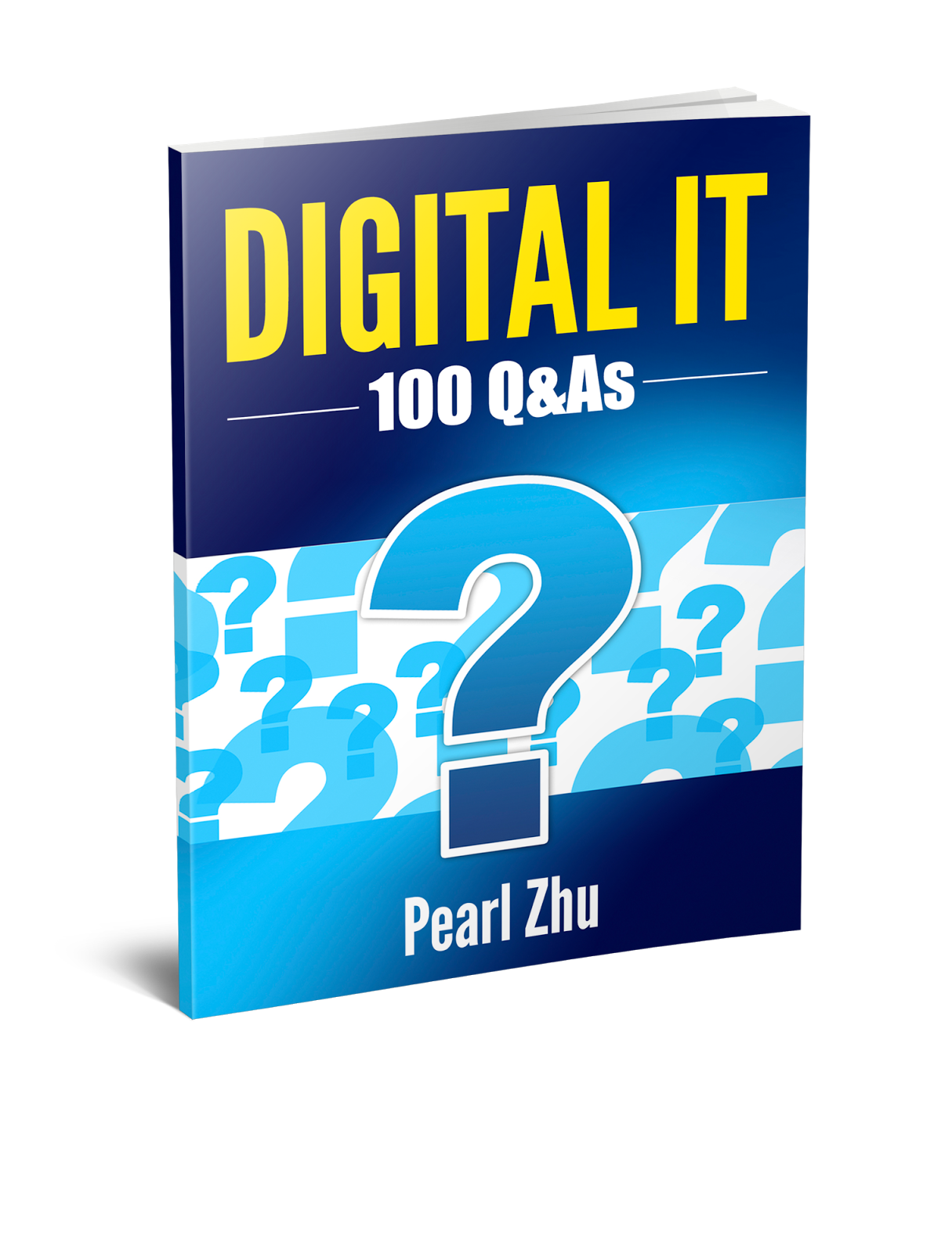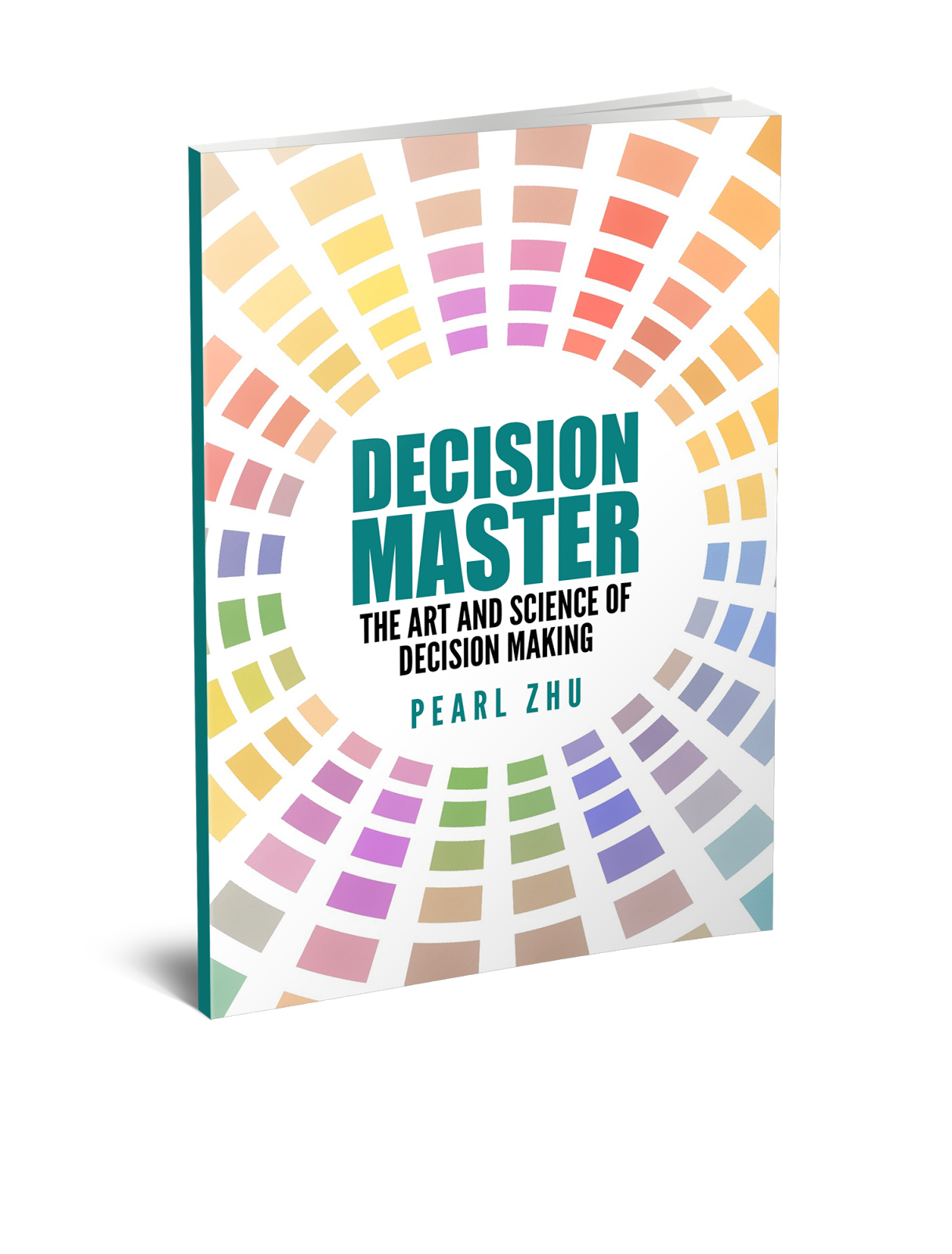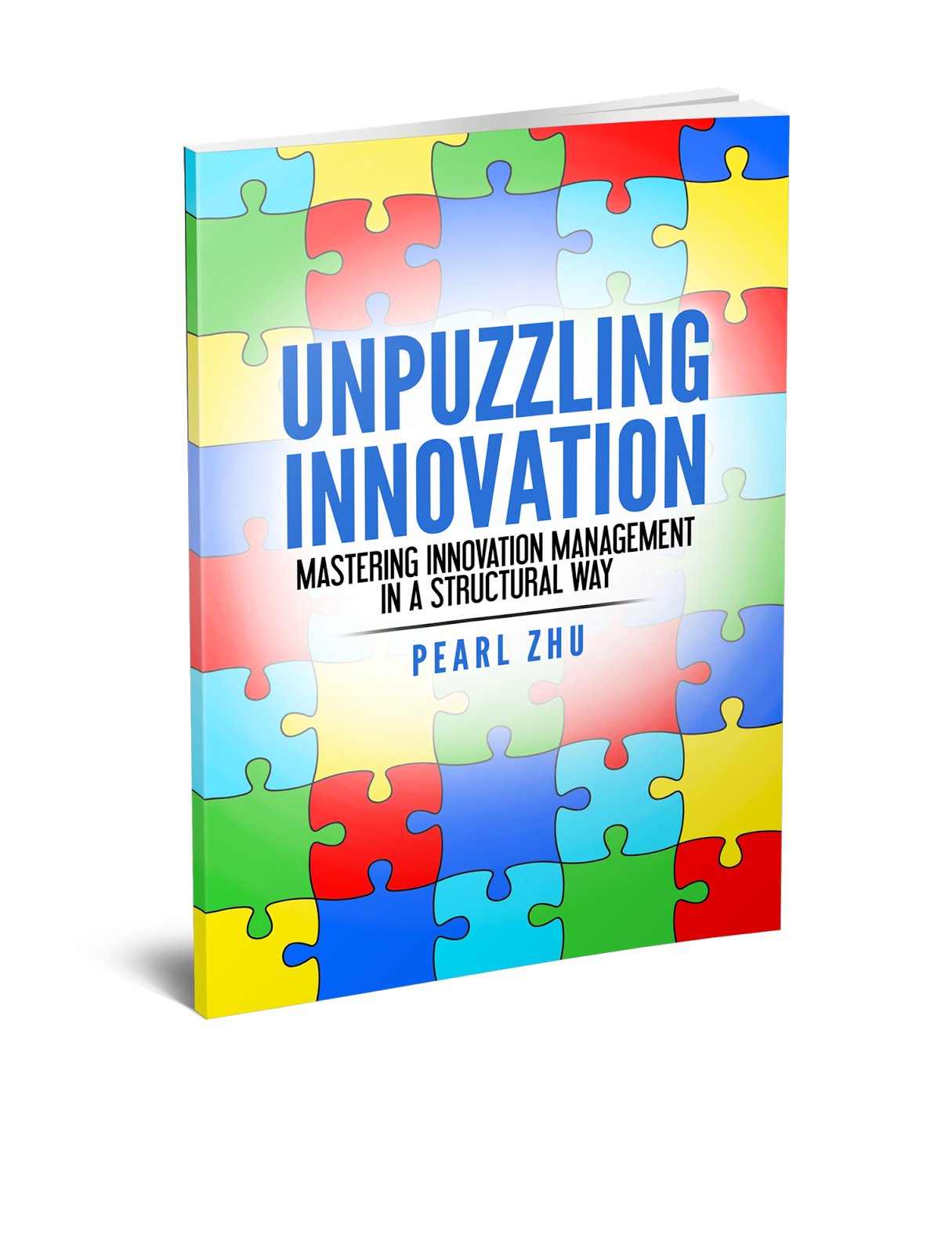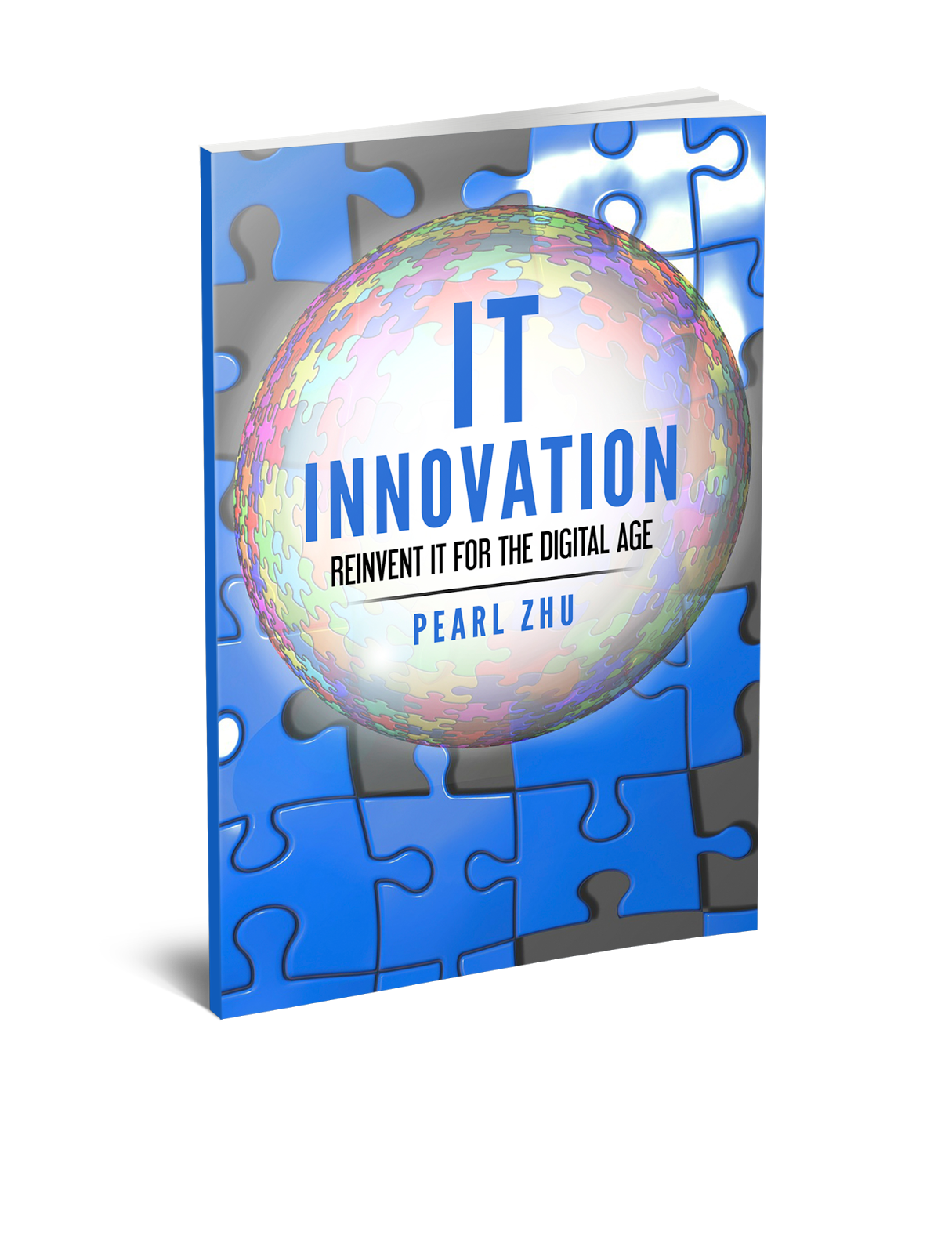Understanding interrelationships is essential for comprehending how events unfold and whether our actions have predetermined consequences: With blurred boundaries and unprecedented interdependence, it’s not so effective to use linear logic to understand highly complex, nonlinear cause-effect relationship scenarios to solve complex problems. We all bring different perspectives and our boundaries might have changed based on open conversations.
It takes time to think about the specific issue of boundaries thoughtfully. It is critical to 'step outside' the system and adopt different perspectives to deepen understanding of the exact cause and effect to handle them smoothly. It’s important to analyze how actions cause unexpected issues; how to produce good results; or in which circumstances, your decisions or actions lead to undesired results:
Nonlinear reasoning often engages in brainstorming and thought experiments to analyze cause-and-effect relationships and delve into the logical underpinnings of causality: As the world becomes more complex and dynamic, multidimensional understanding and interdisciplinary approaches can be taken for effective problem-solving. So constant reasoning and brainstorming is a necessary step in cause-effect analysis. The line of human development is cognitive complexity, which is a multifaceted issue -relating to people’s thought process coherence, information fluency, variety of experience, levels of decision/problem-solving maturity, etc.
For complex problems, causation and correlations need to be analyzed thoroughly. If correlations are confirmed as real, every possible causative relationship should be systematically explored. Otherwise, it is easy and even tempting to come to premature conclusions based on the preliminary appearance of a correlation.
While the initial effect (tasting bitter) might be unpleasant, following good advice (cause) ultimately leads to better outcomes (effect): Although the global world becomes interdependent, many managers today still apply old silo management mindsets to new ways of organizing; or linear thinking to understand complex issues, that create a multitude of gaps blocking the way of solving problems thoroughly.
As linear often implies cause & effect with no feedback, A -> B, and a nonlinear relationship implies feedback where A -> B -> A with the admission that there may be numerous other elements in between. The excellent advice and collective insight give you accurate information to improve, and insightful questions provoke thoughts and think about alternative solutions. Brainstorming to stimulate digital mining is an important step to leverage information and collective wisdom, and take a structural approach to handle problems smoothly.
Professionals today should be self-aware of their role in problem-solving, show professional maturity, clarify strong logic of cause-effect reasoning, learn from each other, build a high-performance team with complementary mindset skillset, and toolset, develop a good reputation as the problem-solver.
































